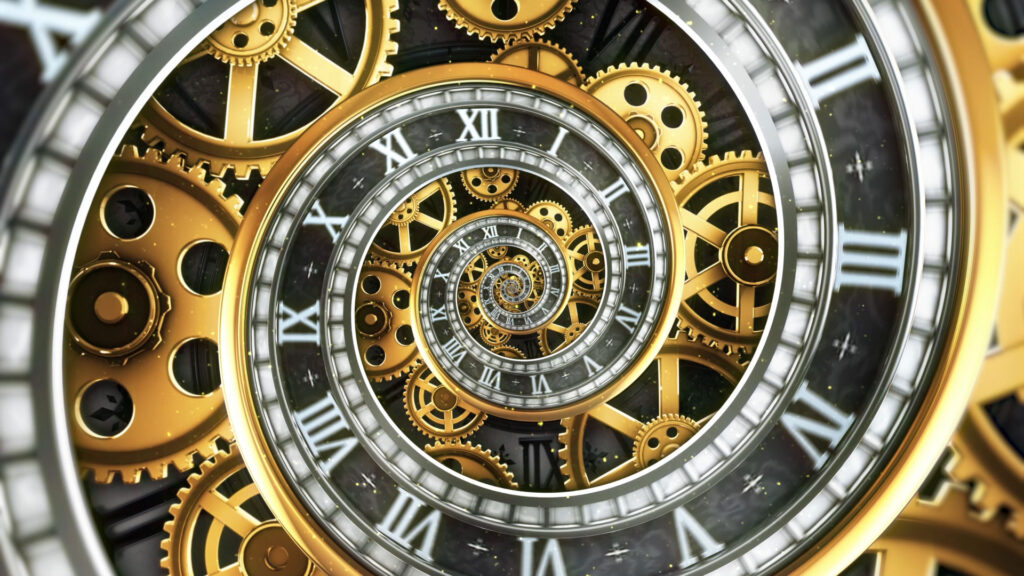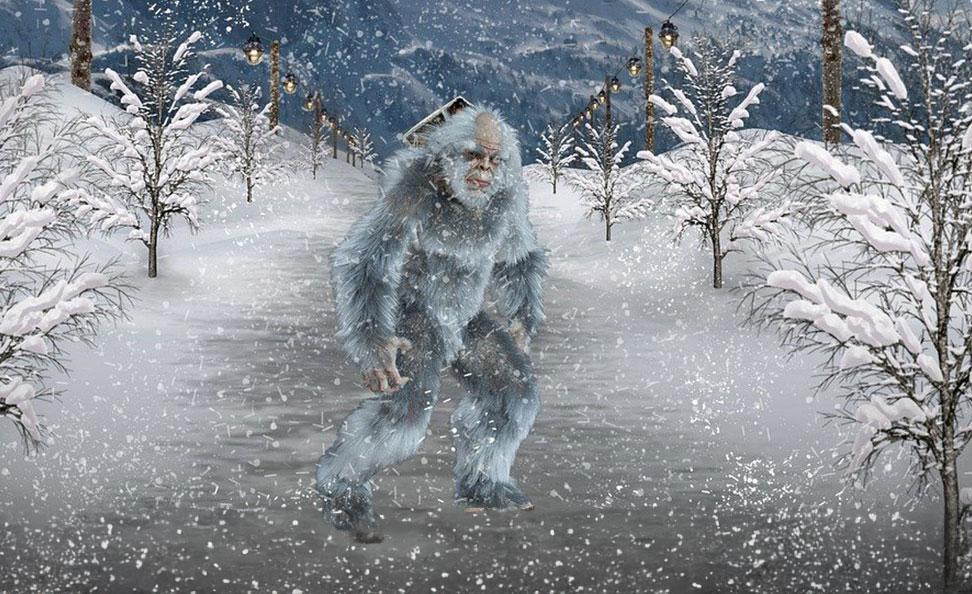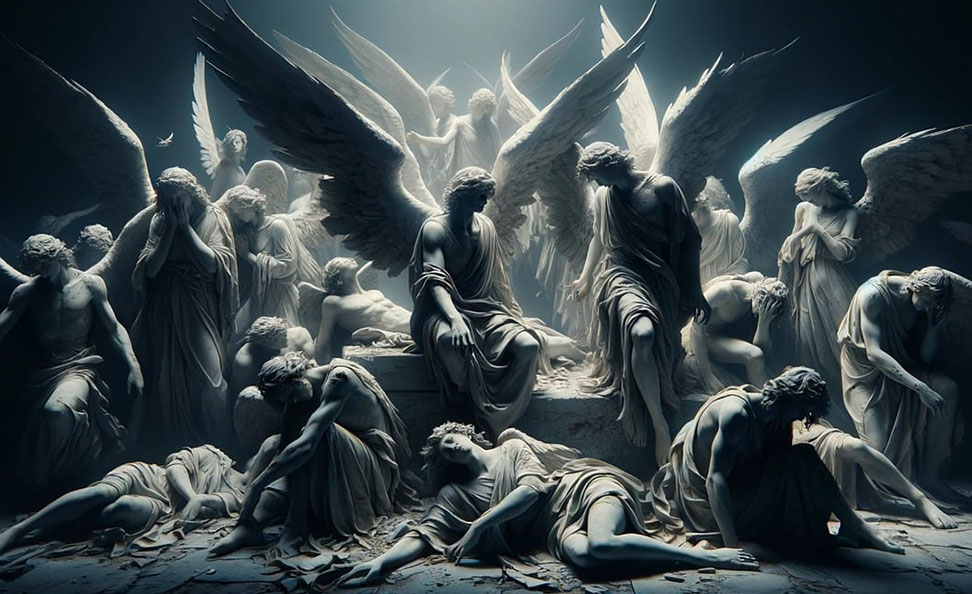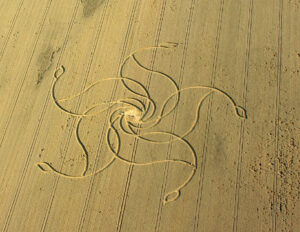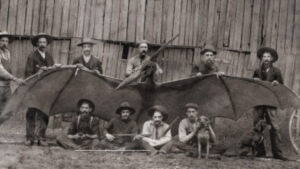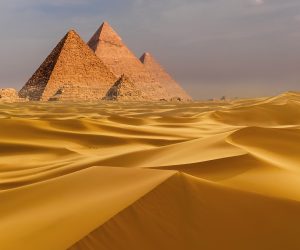“Uriel’s Machine” is a book written by Christopher Knight and Robert Lomas. Knight is a British author and researcher who has written extensively about ancient societies and the origins of the universe. Lomas is a physicist, researcher, and writer who writes about ancient theories, freemasonry, and archeoastronomy.
In “Uriel’s Machine,” Knight and Lomas present their theories about the origins of the universe and the nature of time, based on their interpretation of ancient myths and symbols. The book suggests that certain ancient societies, including the ancient Egyptians and the Maya, possessed advanced knowledge about the cosmos and encoded this knowledge into their myths and symbols. The authors propose that this knowledge was passed down through the ages and is still present in the world today, hidden in plain sight. They also propose that certain ancient artifacts, such as the pyramids and Stonehenge, were built using this knowledge and were intended to serve as “machines” that could manipulate time and space.
The main arguments and ideas can be summarized as:
Certain ancient societies, such as the ancient Egyptians and the Maya, possessed advanced knowledge about the cosmos that was encoded in their myths and symbols.
This knowledge was passed down through the ages and is still present in the world today, hidden in plain sight.
Certain ancient artifacts, such as the pyramids and Stonehenge, were built using this advanced knowledge and were intended to serve as “machines” that could manipulate time and space.
The authors interpret ancient myths and symbols in order to uncover this hidden knowledge and understand the true nature of the universe.
The authors’ interpretation of ancient myths and symbols suggests that the universe has a cyclical nature, and that time and space are interconnected and can be manipulated.
The authors’ ideas are controversial and have been met with criticism from some quarters.
An Interpretation Of Ancient Myths And Symbols
Rather than simply accepting the mainstream explanations of myths and symbols at face value, the book seeks to uncover hidden meanings and uncover the knowledge that is believed to be encoded within ancient structures. The authors argue that ancient myths and symbols are not simply stories or decorative elements, but rather are tools for understanding and interacting with the universe.
To interpret ancient myths and symbols, the authors draw upon a wide range of sources, including the myths and symbols of different ancient cultures, mathematics, and scientific concepts. They look for patterns and connections between these different sources, and seek to understand the underlying principles that they believe are being conveyed.
The authors’ approach to interpreting ancient myths and symbols is based on the belief that these myths and symbols are not random or arbitrary, but rather are carefully crafted and contain deep and meaningful knowledge. As such, they argue that it is possible to uncover this knowledge by carefully examining and interpreting these myths and symbols.
The book explores the mysteries of the ancient Egyptian myth of the sun god Ra, who was believed to travel through the underworld at night and emerge from the eastern horizon at dawn. The authors suggest that this myth contains knowledge about the cyclical nature of the universe and the interconnectedness of time and space. (Knight and Lomas, “Uriel’s Machine,” p. 50)
The authors also discuss the ancient Maya calendar, which is based on a system of cycles that are believed to correspond to different aspects of the cosmos. They argue that this calendar was based on a deep understanding of the nature of the universe and was used to predict and manipulate cosmic events. (Knight and Lomas, “Uriel’s Machine,” p. 103)
The authors discuss the myth of the Greek god Dionysus, who was associated with the cycle of death and rebirth. They suggest that this myth contains knowledge about the cyclical nature of the universe and the role of cycles in the creation and destruction of matter. (Knight and Lomas, “Uriel’s Machine,” p. 125)
The authors also discuss the ancient Egyptian symbol of the ankh, which is a symbol of life and eternal existence. They argue that this symbol contains knowledge about the nature of the soul and the idea of eternal life. (Knight and Lomas, “Uriel’s Machine,” p. 70)
The authors argue that these myths and symbols contain deep and meaningful knowledge about the universe and its workings, and that they can be understood by carefully interpreting their underlying principles.
Myths And Symbols: The Origins Of The Universe And The Nature Of Time
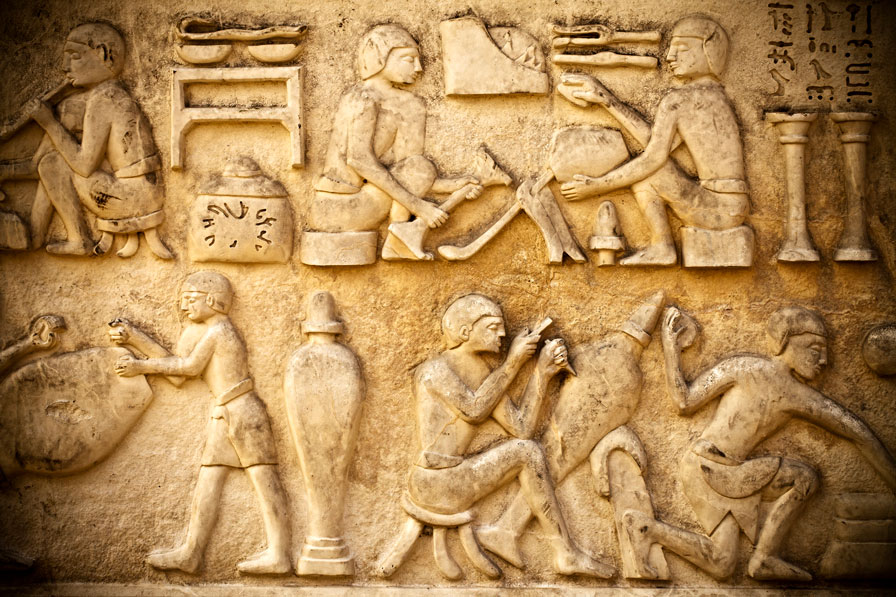
Knight and Lomas argue that ancient myths and symbols contain knowledge about the origins of the universe and the nature of time. They believe that these myths and symbols were created by ancient societies that possessed advanced knowledge about the cosmos, and that they contain encoded information about the structure and workings of the universe.
Accordingly, the ancient myths and symbols suggest that the universe has a cyclical nature, with time and space being interconnected and able to be manipulated. They argue that the ancient societies that created these myths and symbols understood the cyclical nature of the universe and used this knowledge to create “machines” that could manipulate time and space.
The authors also suggest that these ancient myths and symbols contain knowledge about the nature of the soul and the possibility of eternal life. They argue that the ancient societies that created these myths and symbols believed in the existence of an eternal soul that was not bound by time and space, and that they encoded this belief into their myths and symbols.
The Theory About Ancient Societies' Knowledge Of The Cosmos
Knight and Lomas argue that the ancient Egyptians possessed advanced knowledge about the cosmos that was encoded in their myths and symbols. They believe that the ancient Egyptians understood the fundamental principles of the universe and were able to use this understanding to create “machines” that could manipulate time and space.
For instance, they point to the construction of the pyramids as evidence of the ancient Egyptians’ advanced understanding of mathematics and engineering. They argue that the pyramids were built using knowledge of geometry and astronomy, and that they served as “machines” that could manipulate time and space. (Knight and Lomas, “Uriel’s Machine,” p. 39)
The authors explain the ancient Egyptian concept of the soul, which they believe contains knowledge about the nature of the universe and the possibility of eternal life. They argue that the ancient Egyptians believed in the existence of an eternal soul that was not bound by time and space, and that they encoded this belief into their myths and symbols. (Knight and Lomas, “Uriel’s Machine,” p. 70)
Knight and Lomas believe that the ancient Maya also understood the fundamental principles of the universe and they too were able to use this understanding to create “machines” that could manipulate time and space.
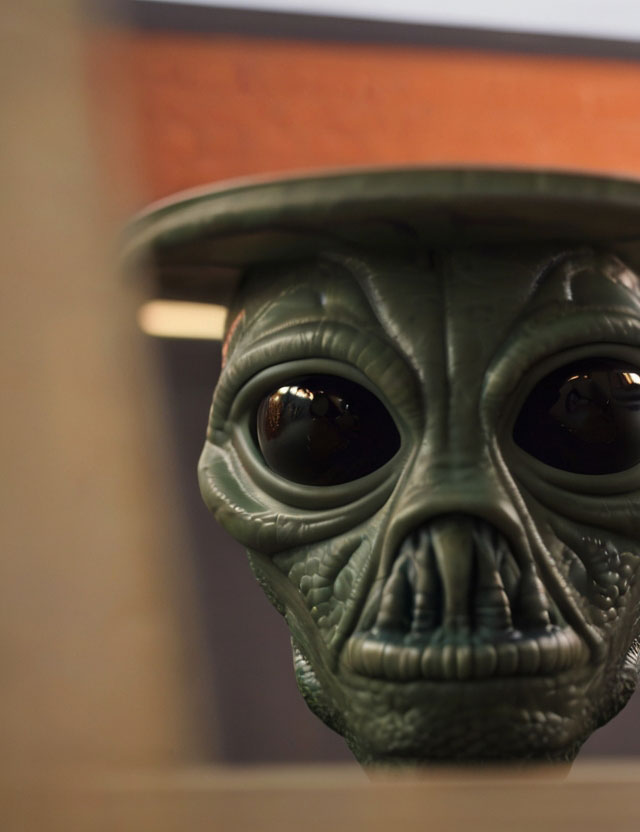
To support their argument, the authors provide a number of examples of the ancient Maya’s advanced knowledge and technological sophistication. They point to the ancient Maya calendar as evidence of the ancient Maya’s advanced understanding of mathematics and astronomy. They argue that the Maya calendar was based on a system of cycles that corresponded to different aspects of the cosmos, and that it was used to predict and manipulate cosmic events. (Knight and Lomas, “Uriel’s Machine,” p. 103)
Similar to the Egyptian’s, the authors argue that the ancient Maya believed in the existence of an eternal soul that was not bound by time and space, and that they encoded this belief into their myths and symbols. (Knight and Lomas, “Uriel’s Machine,” p. 121)
The authors suggest that the ancient societies that possessed this advanced knowledge were part of a tradition that stretched back to the earliest civilizations, and that they were able to preserve and pass down this knowledge through the ages by encoding it into their myths and symbols.
They believe that this knowledge is still present in the world today, hidden in plain sight, and that it can be uncovered by carefully interpreting the underlying principles of ancient myths and symbols.
Encoding And Decoding The Myths And Symbols
According to Knight and Lomas, the ancient societies that possessed advanced knowledge about the cosmos encoded this knowledge in myths and symbols in order to preserve and pass it down through the ages. They argue that these myths and symbols were carefully crafted and contain deep and meaningful knowledge about the structure and workings of the universe.
They believe that the ancient societies encoded this knowledge into their myths and symbols in a way that could be understood only by those who knew how to interpret them, but that would remain hidden to those who did not.
To decode the knowledge contained in these myths and symbols, the authors argue that it is necessary to understand the underlying principles that they convey. This involves examining the myths and symbols in the context of the cultures that created them, as well as in the context of other sources of knowledge, such as mathematics and science. By interpreting the myths and symbols in this way, the authors believe it is possible to uncover the knowledge that they contain.
Knight and Lomas propose that the advanced knowledge about the cosmos that was encoded in ancient myths and symbols was passed down through the ages and is still present in the world today. They argue that this knowledge was preserved by successive generations of societies that understood its importance and value, and that it was encoded in myths and symbols in order to keep it hidden from those who were not worthy of knowing it.
The authors believe that this ancient knowledge is still present in the world today, hidden in plain sight, and that it can be uncovered by those who know how to interpret the underlying principles of ancient myths and symbols. They argue that this knowledge contains deep and meaningful insights about the structure and workings of the universe, and that it could have significant implications for our modern understanding of the cosmos.
The ancient Egyptian myth of the sun god Ra: believed to travel through the underworld at night and emerge from the eastern horizon at dawn. This myth contains knowledge about the cyclical nature of the universe and the interconnectedness of time and space, and that it was encoded in this myth in order to preserve and pass it down through the ages. (Knight and Lomas, “Uriel’s Machine,” p. 50)
The ancient Maya calendar: is based on a system of cycles that are believed to correspond to different aspects of the cosmos. This calendar was based on a deep understanding of the nature of the universe and was used to predict and manipulate cosmic events. This understanding was encoded in the Maya calendar in order to preserve and pass it down through the ages. (Knight and Lomas, “Uriel’s Machine,” p. 103)
The myth of the Greek god Dionysus: associated with the cycle of death and rebirth. This myth contains knowledge about the cyclical nature of the universe and the role of cycles in the creation and destruction of matter, and that it was encoded in this myth in order to preserve and pass it down through the ages. (Knight and Lomas, “Uriel’s Machine,” p. 125)
The ancient Egyptian symbol of the ankh: is a symbol of life and eternal existence. This symbol contains knowledge about the nature of the soul and the idea of eternal life, and that it was encoded in this symbol in order to preserve and pass it down through the ages. (Knight and Lomas, “Uriel’s Machine,” p. 70)
The Theory About Ancient Artifacts As "machines"
According to Knight and Lomas in “Uriel’s Machine,” certain ancient artifacts, such as the pyramids and Stonehenge, were built using advanced knowledge about the cosmos and were intended to serve as “machines” that could manipulate time and space, and that they were built using this knowledge in order to achieve specific functions or purposes.
The authors propose that these ancient artifacts were designed to manipulate the fundamental principles of the universe, such as time and space, in order to achieve specific effects or outcomes. They argue that these artifacts were carefully crafted and contain deep and meaningful knowledge about the cosmos, and that they can be understood by interpreting the underlying principles that they convey.
To support their theory, the authors provide detailed analyses of the design and construction of various ancient artifacts, including the pyramids and Stonehenge. They argue that these artifacts were built using advanced knowledge about mathematics, geometry, and astronomy, and that they were intended to serve as “machines” that could manipulate time and space.
The Belief That Artifacts Such As The Pyramids And Stonehenge Were Built Using Advanced Knowledge About The Cosmos
The authors provide detailed analyses of the design and construction of various ancient artifacts, including the pyramids and Stonehenge. They argue that these artifacts were built using advanced knowledge about mathematics, geometry, and astronomy, and that they contain deep and meaningful insights about the cosmos.
The pyramids were built using advanced knowledge of geometry and astronomy, and that they were intended to serve as “machines” that could manipulate time and space. The pyramids were designed using precise measurements and calculations, and that they were built using advanced construction techniques that are still not fully understood today. (Knight and Lomas, “Uriel’s Machine,” p. 39)
Stonehenge was built using advanced knowledge of mathematics and astronomy, and that it was intended to serve as a “machine” that could manipulate time and space. Stonehenge was designed using precise measurements and calculations, and that it was built using advanced construction techniques that are still not fully understood today. (Knight and Lomas, “Uriel’s Machine,” p. 76)
Knight and Lomas propose that these ancient societies possessed highly advanced knowledge about the cosmos and astrology. They present an argument that the pyramids and Stonehenge were designed using precise measurements and calculations based on astronomical observations.
The pyramids were designed to align with the cardinal directions and the movements of the sun, and that they were built using advanced knowledge of astronomy and the movements of celestial bodies. This knowledge was highly advanced and provided an in depth understanding of the cosmos (Knight and Lomas, “Uriel’s Machine,” p.39)
Stonehenge was built using advanced knowledge of astronomy and the movements of celestial bodies, and that it was intended to serve as a “machine” that could manipulate time and space. Stonehenge was also designed using precise measurements and calculations based on astronomical observations. (Knight and Lomas, “Uriel’s Machine,” p. 76)
These Artifacts Were Intended To Manipulate Time And Space

The specific details of how these “machines” manipulate time are not fully explained in the book. The authors do not provide a detailed explanation of the mechanics or principles underlying the manipulation of time by these ancient artifacts. Instead, they focus on the broader idea that these artifacts were built using advanced knowledge about the cosmos and were intended to serve as “machines” that could manipulate time and space.
The authors do not provide a detailed explanation of why these ancient civilizations would have wanted to control and manipulate time.
It is possible that the ancient civilizations believed that manipulating time and space could provide them with certain benefits or advantages. However, it is difficult to know for certain what the specific motivations or goals of these ancient civilizations were, as they left behind no written records explaining their beliefs or intentions.
Without more information, it is not possible to provide a detailed explanation of the specific benefits that the ancient civilizations might have believed they could achieve by manipulating time and space. However, it is possible that they believed that manipulating time and space could provide them with a greater understanding of the universe and its fundamental principles.
Some examples of artifacts that were built using advanced knowledge about the cosmos and were intended to serve as “machines” that could manipulate time and space include:
The Temple of Karnak in Egypt (p. 49)
Stonehenge (p. 76)
The Tower of the Temple of the Sun at Teotihuacan, Mexico (p. 123)
The Temple of the Sun at the City of the Sun, Ecuador (p. 127)
The Temple of the Feathered Serpent at Teotihuacan, Mexico (p. 128)
The Temple of the Sun at the City of the Sun, Colombia (p. 131)
The Temple of the Sun at the City of the Sun, Venezuela (p. 135)
Criticisms Of The Authors' Ideas
“Uriel’s Machine” is a controversial book that has received a range of criticisms from scholars and researchers. The criticisms that have been made of the ideas presented in the book include:
Lack of empirical evidence: One criticism of “Uriel’s Machine” is that the authors do not provide sufficient empirical evidence to support their ideas. Many critics argue that the authors’ theories are highly speculative and are not supported by scientific evidence or data.
Lack of credibility: Another criticism of the book is that the authors do not have credentials in the fields of science, archaeology, or anthropology, and that they do not have the necessary expertise to make credible claims about the ancient world. Some critics argue that the authors’ ideas should be regarded as pseudoscience or fringe theories.
Misinterpretation of ancient myths and symbols: Some critics argue that the authors’ interpretations of ancient myths and symbols are highly flawed and that they do not accurately reflect the beliefs or intentions of the societies that created them.
Misuse of scientific concepts: Another criticism of the book is that the authors misuse or misunderstand scientific concepts, such as the nature of time and the structure of the universe, and that they make exaggerated or unsupported claims about the abilities of ancient civilizations.
“Uriel’s Machine” has received a range of criticisms from scholars and researchers, who have raised concerns about the credibility, evidence, and accuracy of the ideas presented in the book.
Mystical Finale
“Uriel’s Machine,” proposes that certain ancient societies, such as the ancient Egyptians and the Maya, possessed advanced knowledge about the cosmos and were able to use this knowledge to create “machines” that could manipulate time and space. If this theory holds true, it will have significant implications for our understanding of the universe and the role of ancient societies in its development.
If ancient societies possessed advanced knowledge about the cosmos and were able to create “machines” that could manipulate time and space, it would suggest that they had a much deeper understanding of the universe and its fundamental principles than was previously thought. It would also suggest that these societies were much more technologically advanced than was previously believed, and that they were able to achieve things that would not have been possible using the knowledge and technology that was available to them at the time.
Additionally, if ancient societies were able to create “machines” that could manipulate time and space, it would have significant implications for our understanding of the development of the universe and the role that ancient societies may have played in shaping its course. It would suggest that ancient societies may have had the ability to influence or shape the course of the universe in ways that are still not fully understood today.
It is not clear why ancient societies that were able to manipulate time and space, as proposed by Knight and Lomas in “Uriel’s Machine,” have disappeared instead of being present today to demonstrate and take advantage of their tools. There are a number of possible explanations for this, including:
Societal collapse: It is possible that the societies that were able to manipulate time and space experienced some form of societal collapse or decline, which led to their disappearance. There are many examples in history of societies that have experienced declines or collapses due to a variety of factors, such as resource depletion, internal conflict, or external invasion.
Changes in the environment: It is also possible that the societies that were able to manipulate time and space were affected by changes in the environment that made it difficult for them to survive. For example, they may have experienced changes in climate or natural disasters that made it difficult for them to sustain their populations.
Loss of knowledge: Another possibility is that these societies lost the knowledge or technology that enabled them to manipulate time and space, which led to their decline. This could have happened for a variety of reasons, such as the loss of written records, the destruction of artifacts, or the failure to transmit knowledge to future generations.
The authors do not provide a detailed explanation of the capabilities or limitations of these “machines,” and it is not clear whether these machines would have been able to provide the societies that created them with the ability to predict or prevent future events. It is not clear whether the societies that possessed these “machines” would have been able to use them to prevent their own decline or disappearance.
A Bullet Point Summary – Cheat Notes
Certain ancient societies, such as the ancient Egyptians and the Maya, possessed advanced knowledge about the cosmos.
These societies were able to use this knowledge to create “machines” that could manipulate time and space.
This knowledge was encoded in myths and symbols and was passed down through the ages.
Ancient artifacts, such as the pyramids and Stonehenge, were built using this advanced knowledge and were intended to serve as “machines” that could manipulate time and space.
These ancient societies had a much deeper understanding of the universe and its fundamental principles than was previously thought.
This knowledge is still present in the world today.
Parting Notes & Thoughts
If the ideas presented in “Uriel’s Machine” were true, it would have significant implications for our understanding of the universe and the role of ancient societies in its development.
First, it would suggest that certain ancient societies, such as the ancient Egyptians and the Maya, possessed advanced knowledge about the cosmos and were able to use this knowledge to create “machines” that could manipulate time and space. This would imply that these societies had a much deeper understanding of the universe and its fundamental principles than was previously thought, and that they were able to achieve things that would not have been possible using the knowledge and technology that was available to them at the time.
Second, it would suggest that this knowledge was encoded in myths and symbols and was passed down through the ages, and that it is still present in the world today. This would have implications for our understanding of the history of knowledge and the way that it is transmitted between societies.
Finally, the idea that ancient societies were able to create “machines” that could manipulate time and space would have significant implications for our understanding of the development of the universe and the role that ancient societies may have played in shaping its course.
It would suggest that ancient societies may have had the ability to influence or shape the course of the universe in ways that are still not fully understood today.

